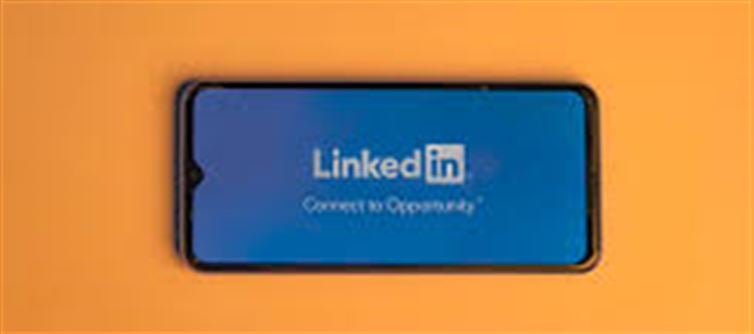
In today’s digital-first world, LinkedIn has become the ultimate platform for job seekers and professionals looking to boost their careers. But just having a LinkedIn profile isn’t enough—you need to optimize it and use some smart hacks to get noticed by recruiters and companies actively hiring.
If you’re on the hunt for a new job and want to stand out, try these 5 secret LinkedIn hacks that can get companies calling you instead of you chasing them!
1. Optimize Your Headline and Summary with Keywords
Your LinkedIn headline and summary are the first things recruiters see—make them count!
· Use industry-specific keywords related to your skills and job role. For example, if you’re a wallet PLATFORM' target='_blank' title='digital-Latest Updates, Photos, Videos are a click away, CLICK NOW'>digital marketer, include phrases like "SEO," "content strategy," "Google Analytics," or "PPC."
· Keep your headline clear and focused, such as “Data Analyst | Python & SQL Expert | business Intelligence.”
· Your summary should tell a compelling story of your career journey, achievements, and what kind of roles you’re looking for, all while naturally incorporating keywords recruiters search for.
2. Enable “Open to Work” Feature Smartly
LinkedIn’s “Open to Work” feature lets recruiters know you’re actively looking for a job—but there’s a smart way to use it.
· Set your preferences to only show recruiters that you’re open to new opportunities, not your current employer or public network (unless you want to).
· Specify the types of roles, locations, and industries you’re interested in to help recruiters find you more easily.
· This subtle signal increases your visibility among hiring managers while maintaining discretion.
3. Use LinkedIn’s “Featured” Section to Showcase Work
Don’t just talk about your skills—showcase them!
· Use the Featured section to add samples of your work, such as presentations, articles, portfolio websites, certificates, or videos.
· This gives recruiters a quick glimpse of your expertise and differentiates you from others who only have a text-based profile.
· Make sure the content is relevant and highlights your best achievements.
4. Engage with Content in Your Industry
Be active, not passive!
· Like, comment, and share posts related to your field to increase your visibility.
· Write your own posts sharing insights, success stories, or lessons learned. This builds your personal brand and shows you’re knowledgeable and engaged.
· Recruiters often search for candidates who are active and demonstrate passion through their activity.
5. Network Intelligently and Request Informational Interviews
Your network is your net worth!
· Connect with professionals in your target companies or industries, but personalize connection requests by mentioning common interests or reasons for connecting.
· Don’t ask for a job outright—instead, request a short informational interview or advice. This helps build rapport and can lead to referrals.
· Join relevant LinkedIn groups and participate in discussions to meet more people in your industry.
Bonus Hack: Use LinkedIn Premium Features (If Possible)
If your budget allows, LinkedIn Premium gives you access to features like:
· Who viewed your profile (so you can follow up).
· InMail to message recruiters directly.
· Access to detailed insights on job postings.
Conclusion
LinkedIn is more than just an online resume—it’s a powerful tool that, when used smartly, can attract recruiters and open doors to exciting career opportunities. By optimizing your profile, engaging meaningfully, and networking strategically, you’ll increase your chances of getting that call from the company itself.
Disclaimer:
The views and opinions expressed in this article are those of the author and do not necessarily reflect the official policy or position of any agency, organization, employer, or company. All information provided is for general informational purposes only. While every effort has been made to ensure accuracy, we make no representations or warranties of any kind, express or implied, about the completeness, reliability, or suitability of the information contained herein. Readers are advised to verify facts and seek professional advice where necessary. Any reliance placed on such information is strictly at the reader’s own risk.
.jpg)




 click and follow Indiaherald WhatsApp channel
click and follow Indiaherald WhatsApp channel